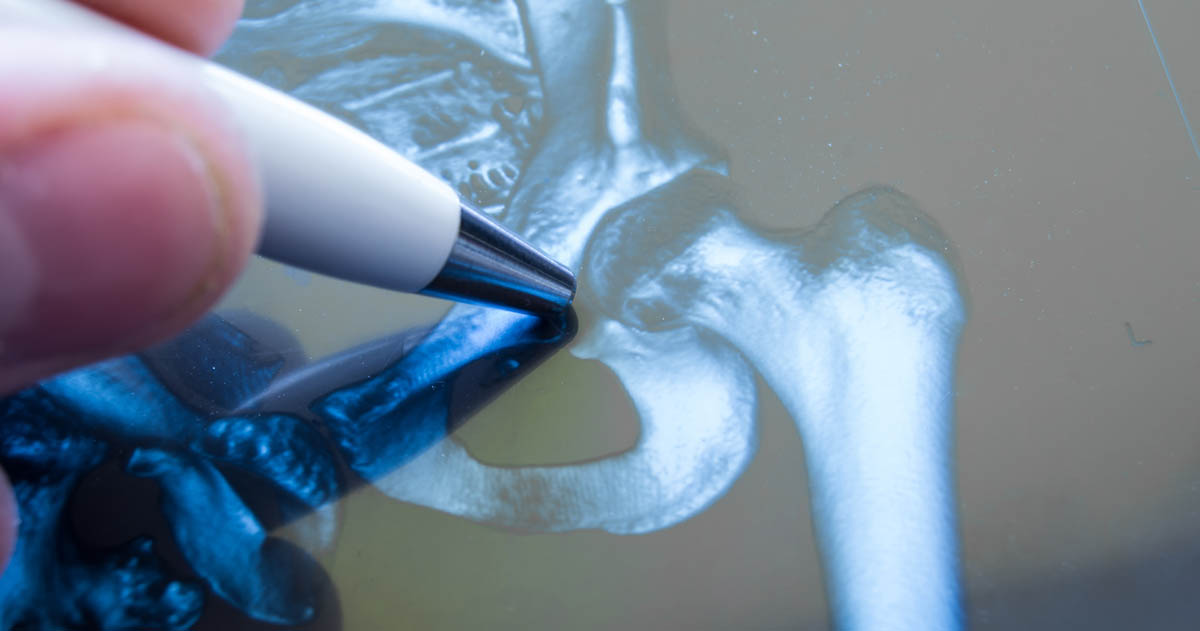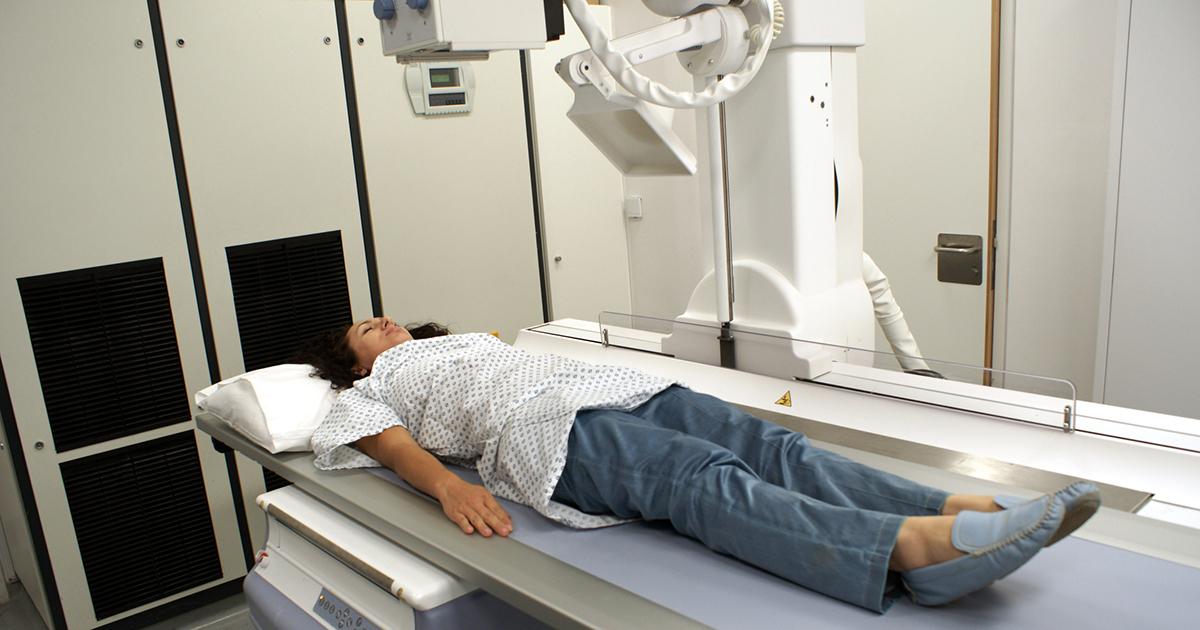How Does An X-Ray Work?
X-rays are some of the most common imaging tools in medicine. They can be used to detect and diagnose a great deal of different bodily issues, from broken bones to blocked blood vessels and cancer. But how do x-rays work? You might have heard they use radiation to create their images. Being nervous about the use of radiation in medicine is natural. But x-ray technology has become safer and safer over the years, with qualified technicians and researchers helping to minimize the risks. X-rays are an essential part of being a medical professional, and they're also an essential element to diagnose many conditions. It's crucial to have a full understanding of what an x-ray is, and how the technology works.
What Is An X-Ray?

An x-ray is a type of electromagnetic radiation, similar to the light we can see visibly. However, unlike light, x-rays have higher amounts of energy, which allows them to pass through the majority of objects, including your body. A medical x-ray is used to generate pictures of structures and tissues throughout the body. When an x-ray that travels through the body passes through a detector on the patient's other side, an image forms to represent the 'shadows' created by objects found inside the body. There are many different x-ray detectors. One type is photographic film, and others can be used for digital image production. When people capture x-ray images through this process, they are referred to as radiographs.
Continue reading to learn about how x-rays work.
How Does It Work?

How does an x-ray work? First, the patient will be positioned so whatever part of their body the doctor needs to view will be located between a source of x-rays and an x-ray detector. When the technician turns on the machine, x-rays travel through the person's body. The rays become absorbed in different ways, due to the different densities of the tissues in the body. Bones can absorb x-rays much more easily than other tissues in the body, which causes high contrast images to appear on the x-ray machine, and structures made of bone will appear to be more white than other tissues in the body. Meanwhile, x-rays have an easier time traveling through tissues like muscle and fat, along with the lungs and other cavities filled with air. Because the x-rays are not absorbed entirely, these tissues and structures appear in different gray shades upon a radiograph.
Continue reading to discover the different uses for x-rays.
